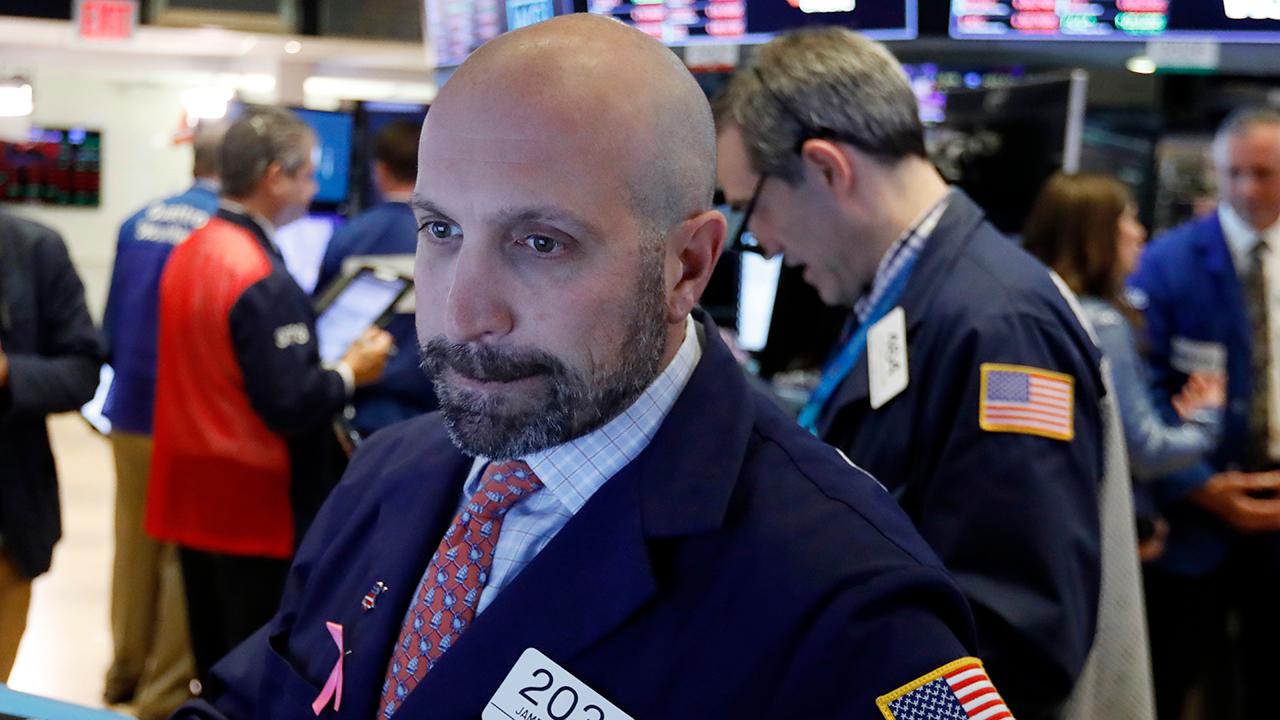Recent stock market volatility could signal a bear market
Recent weeks of volatility on Wall Street are evidence that the U.S. stock market may be nearing a bear market, according to Dennis Gartman, the editor and publisher of the Gartman Letter.
“It’s still not an overt bear market here in the United States,” he said on Friday during an interview with FOX Business’ Charles Payne. “But I think it’s becoming one, and soon shall be.”
Last week, the Dow Jones Industrial Average posted a one-day 832-point loss, its fourth-worst point drop in history. Although it recouped some of those losses, stocks remained choppy this week, falling more than 300 points on Thursday after U.S. Treasury Secretary Steven Mnuchin disclosed that he would not attend an investor summit in Saudi Arabia. Mnuchin joins a growing list of global leaders and executives who pulled out of the event amid worldwide outcry about the suspected Saudi involvement in the alleged murder of Jamal Khashoggi, a columnist for The Washington Post and an outspoken critic of Crown Prince Mohammed bin Salman.
Stocks were little changed on Friday ahead of next week, the busiest for third-quarter earnings. Caterpillar, Microsoft, McDonald’s and Amazon are among the big names reporting.
While the Dow managed to squeeze out a 64.89 point gain, the S&P 500 and the Nasdaq Composite were little changed.
“That’s painting the tape, as we call it,” said an unimpressed Gartman.
Over the course of the next year, he predicted that stocks will fall at least 15 to 20 percent, if not more. Since the beginnings of a bear market -- which he said was on Jan. 29 -- stocks have fallen about 7 percent, he said, which is the “dividing line between a bullish and bearish move.”
“In fact, that would be a relatively beneficial bear market, that would be a very atypical bear market,” he said. “Bear markets can be 25, 30 and 40 percent lower. I don’t think we'll get that far, because the economy is indeed doing well and probably is going to continue to do well. But can we take stocks down 15, 20 percent from their highs? Without question.”




















